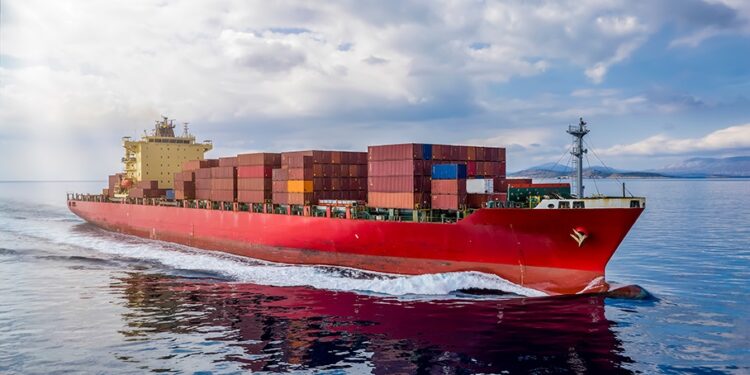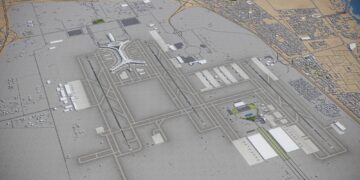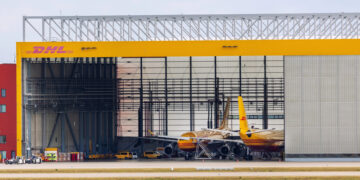Saudi Arabia’s Rise in the Feeder Shipping Sector
Saudi Arabia is set to become a powerhouse in the feeder shipping sector across the Middle East, Eastern Africa, Turkiye, and South Asia by 2030, according to research from Arthur D. Little. The global feeder shipping market is projected to reach $451 billion by the end of the decade, with the Kingdom poised as a central player in regional and international maritime trade.
Feeder vessels, which move cargo between smaller ports and mainline ships, are essential for efficient supply chains. Their ability to access less accessible ports and transfer goods to larger vessels reduces congestion and streamlines logistics at major terminals.
Arthur D. Little’s report, Unlocking Opportunities in the Feeder Shipping Sector,
indicates that Saudi Arabia could secure up to 45 percent of feeder trade in the Red Sea and 35 percent in the Gulf. This anticipated growth is driven by significant investments in port infrastructure, the Kingdom’s strategic location, and its Vision 2030 logistics strategy.
Recent initiatives, including the JRS shipping service launched by Global Feeder Shipping and the Saudi Ports Authority, have strengthened connections between Jeddah Islamic Port and key ports in Egypt, Oman, and India, further enhancing Saudi Arabia’s maritime connectivity.
Strategic Advantages and Market Growth
Paolo Carlomagno, partner at Arthur D. Little, emphasized the Kingdom’s growing influence in global trade, citing its unique combination of geographic advantage and government-backed investment. The feeder shipping segment is particularly attractive, offering asset returns of 17 to 23 percent—outperforming other freight sectors, according to Arthur D. Little.
Container throughput in the Red Sea is expected to nearly double from 12 million TEUs in 2021 to 23 million by 2030, reinforcing Saudi Arabia’s role as a logistics hub and strengthening its presence on vital East-West trade routes.
The report recommends that new operators enter the market with an asset-light strategy, such as vessel chartering, to quickly adapt to demand and reduce initial risks. Over time, companies can expand into asset ownership and build deeper partnerships within the shipping industry.
Alexandre Sawaya, principal at Arthur D. Little, Middle East, highlighted Saudi Arabia’s volume potential, policy alignment, and readiness as key factors making it an ideal base for feeder shipping growth. He noted the Kingdom’s rapid emergence as a central hub for regional connectivity.
Environmental Impact and Future Prospects
Feeder shipping also aligns with Saudi Arabia’s environmental objectives. The adaptable design of feeder vessels allows for retrofitting with cleaner fuels, supporting the Kingdom’s targets of reducing carbon emissions by 25 percent by 2030 and achieving net-zero by 2060.
- Increasing container traffic
- Expanding port facilities
- Rising investor interest
Arthur D. Little concludes that Saudi Arabia is well-positioned to lead the next phase of growth in the feeder shipping sector at both regional and global levels.









